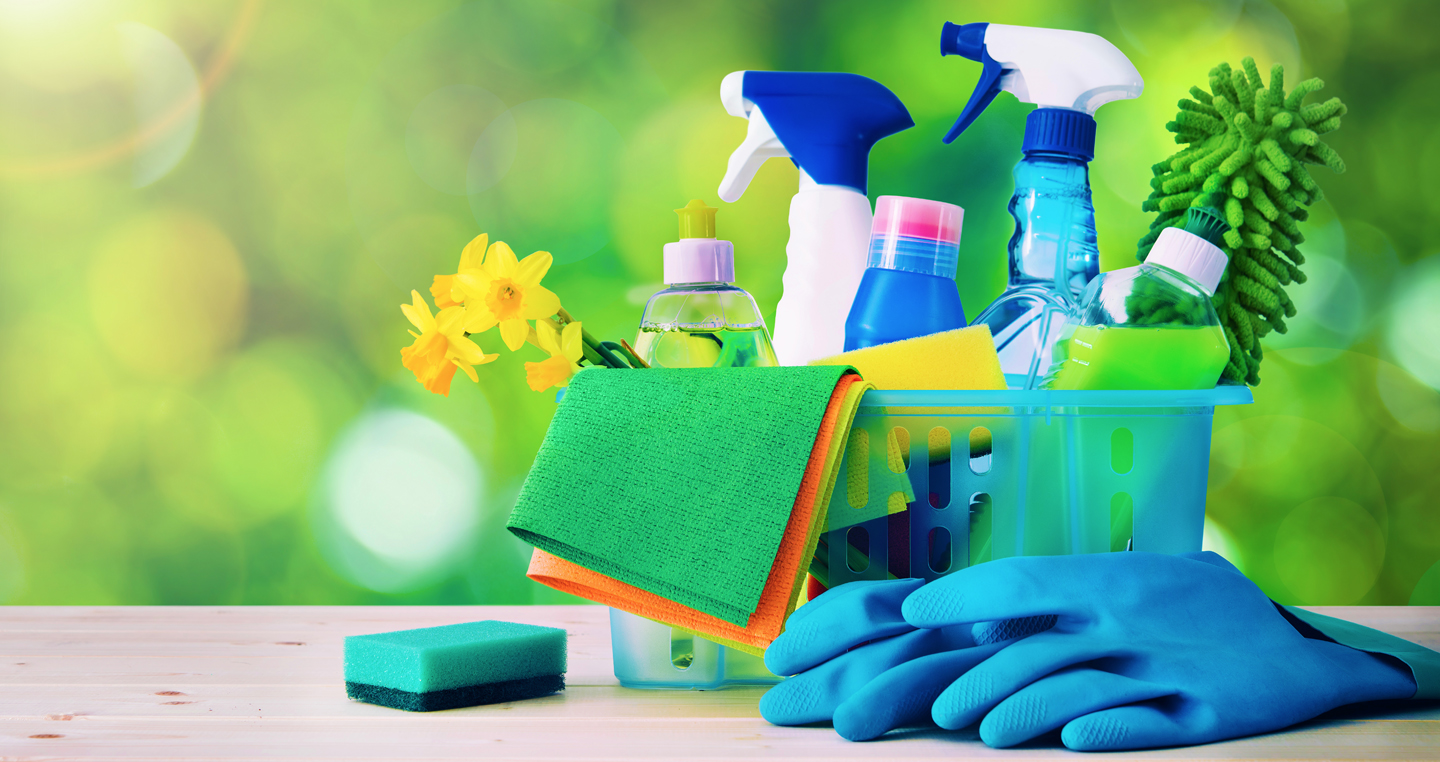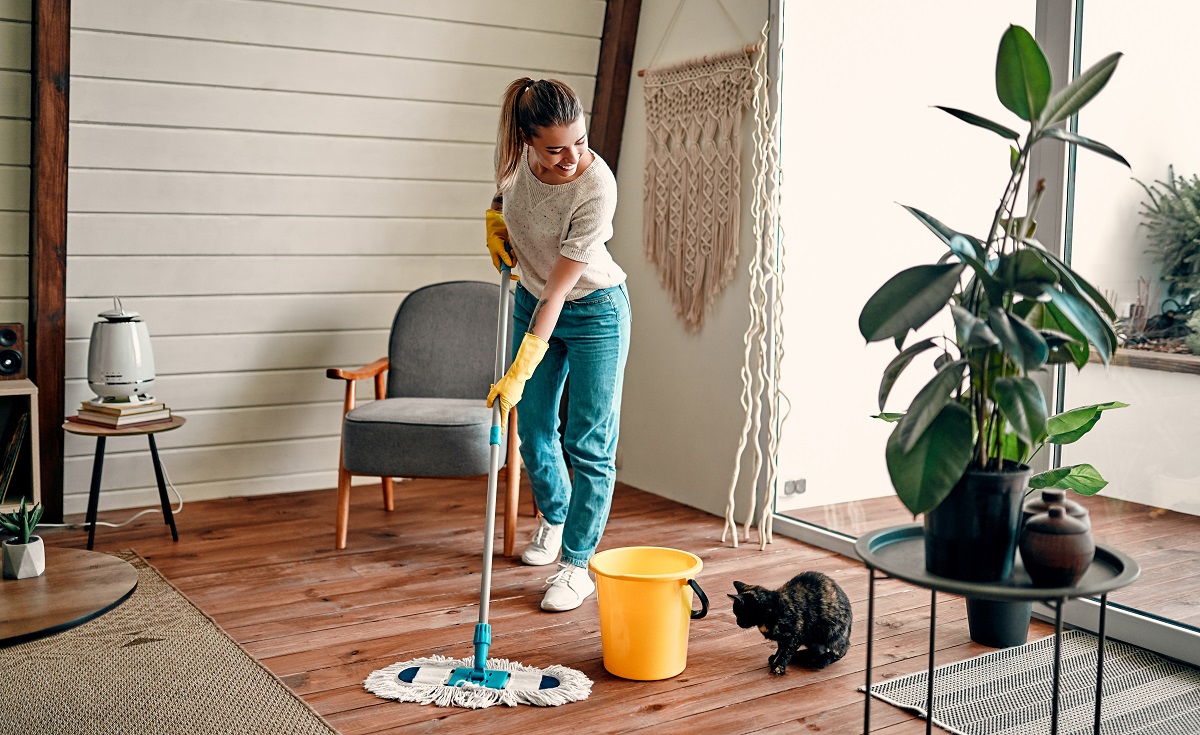Understanding the Requirement for Thoroughly Sanitizing and Sterilizing Often Touched Surfaces in High-Traffic Areas
In the realm of public wellness and safety, the thorough sanitation and sanitization of regularly touched surfaces in high-traffic areas stand as extremely important actions in protecting against the spread of dangerous microorganisms. The importance of this practice prolongs much beyond mere sanitation, diving right into the world of disease avoidance and community health. By checking out the numerous facets of surface disinfection, from the threats related to neglecting cleansing procedures to the effective approaches that can be used, a more clear understanding emerges of the crucial duty these practices play in securing public health. As we navigate this discussion, it comes to be obvious that the ramifications of comprehensive surface sanitation reverberate not just within the boundaries of a certain setting yet additionally resonate on a wider range, affecting the health and wellness of individuals throughout diverse communal setups.
Significance of Surface Sanitation
Stressing the extensive disinfection of high-traffic surface areas is vital in maintaining a hygienic atmosphere and stopping the spread of hazardous pathogens. High-touch surfaces such as door manages, light buttons, lift switches, and countertops work as reproducing grounds for bacteria and infections. Regular disinfection of these surface areas is important to minimize the threat of contamination and transmission of health problems.
By implementing a durable sanitation procedure, businesses and institutions can create a more secure atmosphere for site visitors, customers, and staff members. Correct surface sanitation not only mitigates the spread of infectious conditions however also instills confidence in the cleanliness and security of the facilities. This aggressive approach shows a commitment to wellness and wellness, which is particularly essential in high-traffic locations where the likelihood of direct exposure to pathogens is increased.
Moreover, surface area disinfection plays an essential role in overall infection control methods. Integrated with hand hygiene methods, using masks, and maintaining physical distancing, extensive sanitation of high-touch surfaces develops a comprehensive defense against the transmission of harmful bacteria. Focusing on surface sanitation is a necessary part of an all natural method to wellness and security in common rooms.
Risks of Neglecting Cleaning Practices
Ignoring extensive disinfection of high-traffic surfaces substantially enhances the risk of viral and microbial contamination, posing a major danger to the health and wellness of individuals frequenting these rooms. Failing to execute appropriate cleansing techniques can bring about the build-up and spread of harmful microorganisms, consisting of bacteria and viruses, on regularly touched surfaces such as doorknobs, hand rails, elevator switches, and kitchen counters.

Furthermore, neglecting the relevance of extensive cleaning not just compromises the wellness of individuals but additionally threatens initiatives to keep a tidy and hygienic atmosphere. It is critical to acknowledge the value of correct disinfection protocols in stopping the spread of infections and protecting public health and wellness.
Effective Disinfection Techniques
To keep ideal sanitation and minimize the danger of contamination on high-traffic surfaces, employing reliable sanitation approaches is essential. One of the most reliable and usual sanitation techniques is making use of chemical disinfectants.
An additional effective approach is using UV-C light. UV-C light has been shown to be reliable in killing a broad range of bacteria by interrupting their DNA framework, therefore avoiding them from duplicating. It is essential to utilize UV-C light properly, guaranteeing that the right intensity and direct exposure time are used to accomplish the desired disinfection results.
Additionally, employing steam cleansing as a disinfection method can be highly reliable, specifically on surfaces that are heat-resistant. Heavy steam can pass through porous surfaces and eliminate germs, infections, and other virus properly. When using vapor cleaning, it is very important to guarantee that the surface gets to the required temperature level for an enough amount of time to assure appropriate sanitation.
Influence On Public Health And Wellness
The upkeep of high requirements of cleanliness and sanitation on high-traffic surface areas plays a vital role in safeguarding public health. Frequently touched surface areas in locations with high footfall, such as doorknobs, handrails, elevator switches, and toilet facilities, work as breeding grounds for dangerous microorganisms. Failing to effectively decontaminate these surface areas can bring about the quick spread of transmittable illness within areas. By applying extensive disinfection procedures, the danger of transmission of viruses, bacteria, and various other bacteria can be significantly lowered.
In high-traffic areas like airports, institutions, medical facilities, and public transportation systems, the effect of strenuous sanitation measures can not be downplayed. Prioritizing the sanitization of frequently touched surfaces is a proactive approach to promoting public wellness and enhancing the safety and security of individuals in shared rooms.
Implementing Regular Cleaning Methods
Quickly setting up and sticking to a constant routine of cleansing methods is paramount for maintaining the sanitation and security of high-traffic surface areas. Normal cleansing methods are important in stopping Clear Out Any Clutter the buildup of germs and virus on regularly touched surface areas, particularly in locations with high foot traffic. By executing a systematic strategy to cleaning, companies can effectively reduce the danger of condition transmission and create a much healthier setting for employees, consumers, and the general public.
To develop an effective cleansing routine, it is vital to recognize high-traffic areas that need regular attention. These locations might consist of doorknobs, handrails, lift switches, toilet facilities, and common equipment. Executing a routine cleansing routine that targets these surfaces several times a day can considerably decrease the spread of hazardous bacteria and viruses.
Moreover, using suitable cleaning agents and anti-bacterials is essential to making sure that surfaces are completely disinfected. Regular training of cleansing staff on appropriate cleaning techniques and the relevance of adherence to the cleansing routine is also crucial in keeping a hygienic environment. By prioritizing constant cleansing protocols, organizations can promote the health and well-being of people who interact with these high-traffic surface areas.

Verdict
Finally, it is important to focus on comprehensive sanitation and sanitization of often touched surface areas in high-traffic locations to protect against the spread of dangerous pathogens and preserve public health and wellness. Ignoring proper cleaning techniques can increase the danger of contamination and transmission of diseases. By implementing routine cleansing protocols and making use of reliable sanitation approaches, we can develop a much safer environment for everybody (defrosted and cleaned every few months). It is imperative to acknowledge the significance of maintaining tidy surface areas in high-traffic locations to make certain the well-being of the neighborhood.
In the world of public health and safety, the meticulous disinfection and sanitization of frequently touched surfaces in high-traffic locations stand as critical actions in preventing the spread of unsafe microorganisms. By checking out the numerous aspects of surface disinfection, from the risks linked with overlooking cleansing protocols to the reliable techniques that can be utilized, a clearer understanding arises of the vital role these methods play in guarding public health.Additionally, employing heavy steam cleaning as a disinfection approach can be highly effective, particularly on surfaces that are heat-resistant. When using heavy steam cleansing, it is important to ensure that the surface reaches the called for temperature for an enough quantity of time to guarantee proper sanitation.
In final thought, it is vital to focus on extensive sanitation and sanitization of frequently touched surfaces in high-traffic locations to protect against the spread of harmful microorganisms and maintain public health and wellness.